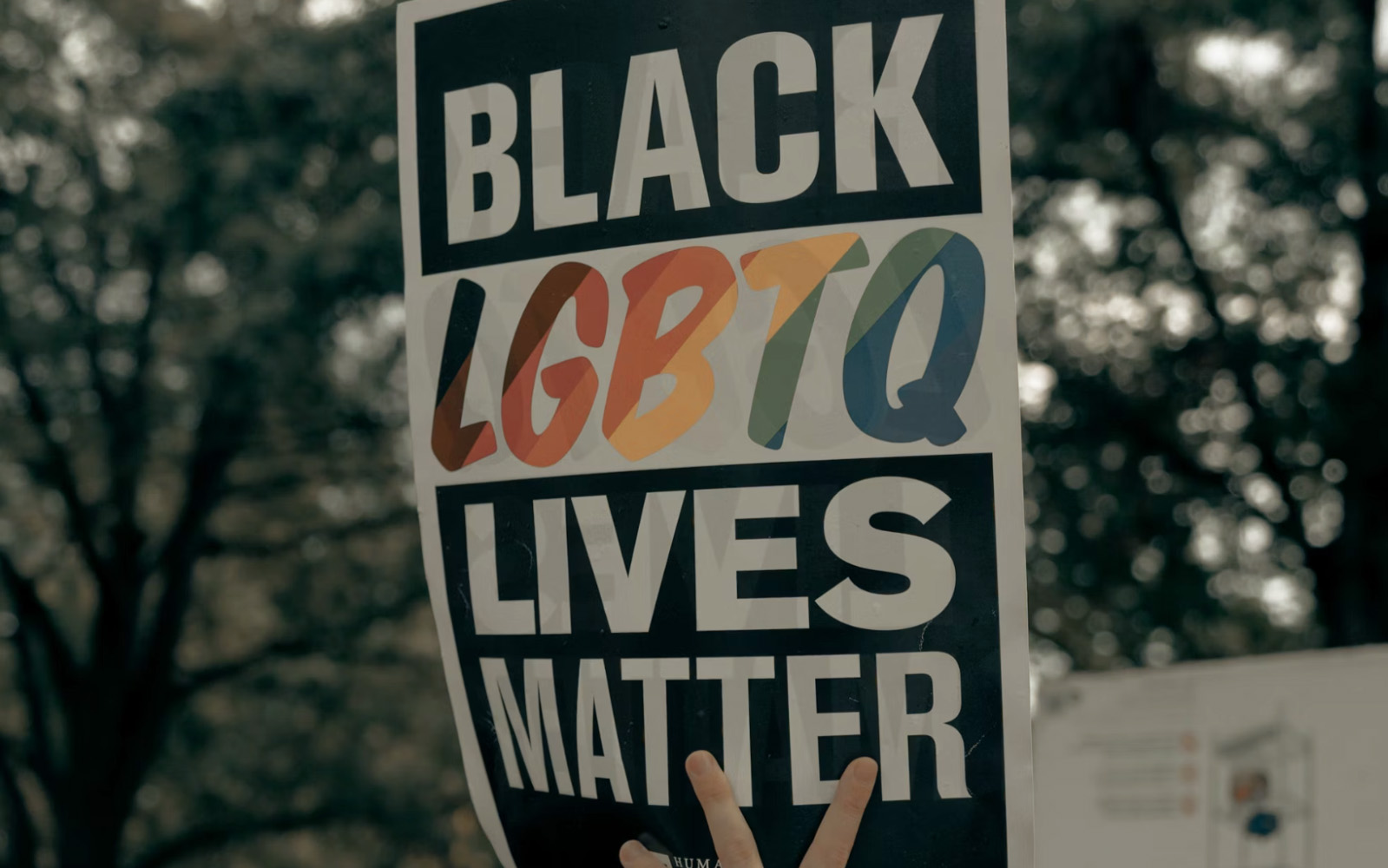8.1 Chapter Introduction

Throughout this book, we have explored many traditional theories that have impacted the development of the field of criminology. Although modern criminologists who test these theories may take a more inclusive approach, many of the early iterations were built by researchers who were trying to find physical differences between racial and ethnic groups that could explain crime (e.g., early biological theories) or who only studied white boys and men (e.g., theories about gang development). Factors such as gender, oppressive laws, or identity were not typically at the forefront of these explanations. Critical and feminist criminologists see this fault and attempt to not only incorporate, but center issues of social inequality in their theorizing about society, the legal system, criminal behavior, and victimization (figure 8.1).
Learning Objectives
After reading this chapter, students will be able to do the following:
- Discuss the foundation of critical and feminist approaches to criminology in terms of the race, gender, and societal status of the theorists.
- Explain how critical and feminist criminological theories critique traditional theories in criminology.
- Analyze the ways that power structures in society contribute to or create opportunities for crime.
- Assess the significance of an intersectional approach in criminology.
- Evaluate how critical and feminist criminological theories explain disparities in crime rates and criminal justice outcomes regarding demographics such as race, gender, or socioeconomic status.
Key Terms
- Conflict theory: the theory that social inequality and conflict among social groups is inevitable and that conflict leads to criminal or deviant behavior
- Control-balance theory: Tittle’s theory that focuses on the control someone is under and the control they hold over themselves (control ratio)
- Crimes of the powerful: crimes committed by white-collar individuals, corporations, government, or other elite in society that often go unpunished
- Critical criminology: a perspective or collection of theories that centers social inequality and focuses on the way society defines crime, power, and punishment
- Feminist criminology: a perspective or collection of theories that centers gender, along with other aspects of identity, in studying crime, victimization, and the criminal justice system
- Feminist theory of delinquency: Chesney-Lind’s theory of four propositions that explain girls’ unique pathway to delinquency
- Intersectionality: the approach or understanding that various identities and positions in society, including aspects such as race, class, income, sexuality, education, or disability, can lead to multiple forms of inequality and varied experiences of discrimination
- Power-control theory: Hagan’s theory that sons are granted more freedom as adolescents, while daughters experience greater control of their behavior by their families, leading to more delinquency among boys
Licenses and Attributions for Chapter Introduction
Open Content, Original
“Chapter Introduction” by Jessica René Peterson is licensed under CC BY 4.0.
Open Content, Shared Previously
Figure 8.1. Image by Clay Banks is licensed under the Unsplash License.

